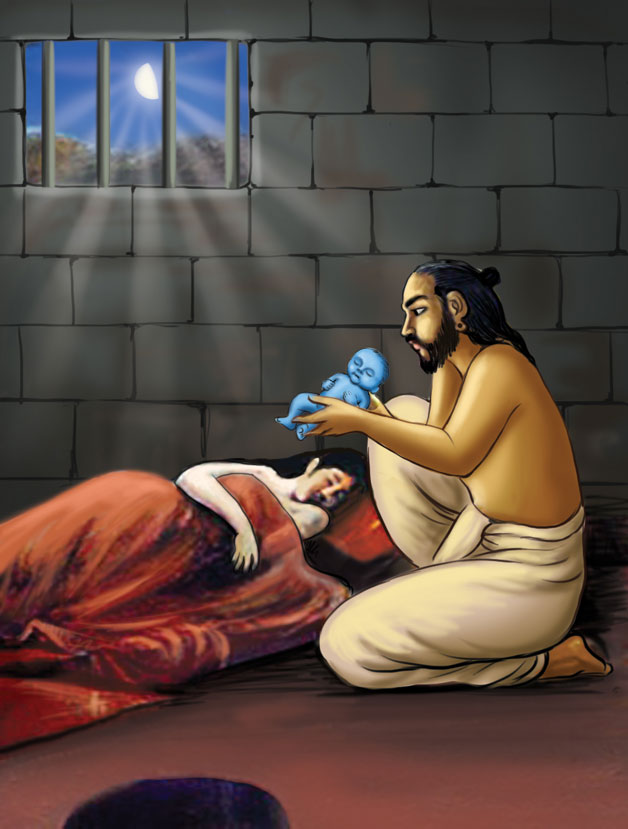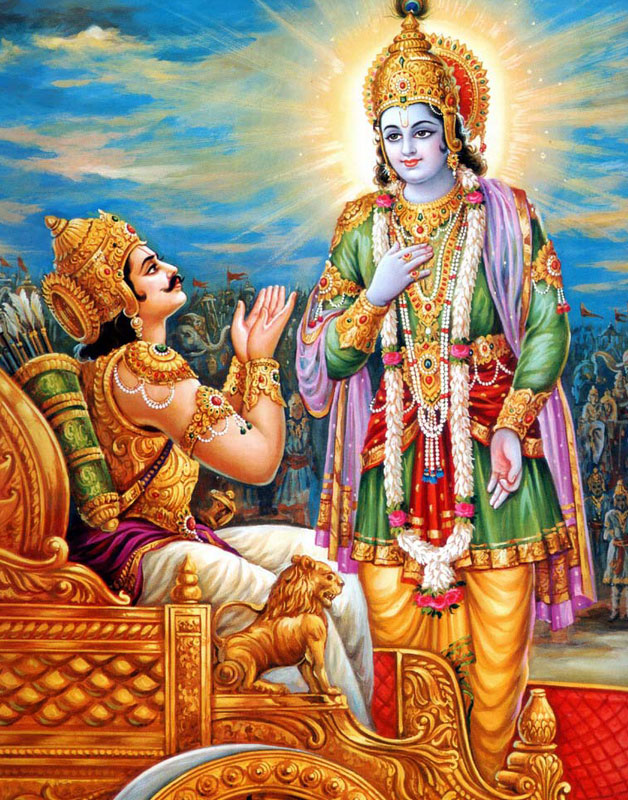
New Delhi: With the festival to commemorate the birth of Lord Krishna, i.e. Janmashtami, coming up, let us get to know Him and the day better.
This year Janmashtami will be celebrated on 5th September and, like every year, devotees of the Lord, not only in India, but across the world will remember Him in their own ways.
While some would reincarnate Him in plays, antics and figurines, others would remember Him through songs and Bhajans and by praying to Him on the occasion.
Lord Krishna is the eighth incarnation of Lord Vishnu – one of the trinity, the other two being Lord Shiva and Lord Brahma.
Lord Vishnu has taken ‘avatars' in different eras as different human forms. Being born as Krishna was one of them, and it was purposeful. Krishna was born to kill Kamsa, a tyrant ruler, an epitome of sin on Earth at that time.
Based on scriptural details and astrological calculations, it is said that Lord Krishna was born on 18 July 3228 BCE. This day is celebrated as Janmashtami. This was the eighth day of Krishna Paksh (i.e. the waning moon) in the month of Shravan. Hence His birthday is celebrated every year on the same day and hence the origin of the word Janmashtami which means birth on the eighth day.
His parents were Devaki and Vasudeva, though He was brought up by Yashoda and Nanda.

Devaki and Vasudeva, who belonged to present day Mathura (in Uttar Pradesh, India), were exiled by the former's brother, Kamsa, for which it was prophesied that he will be killed by the eighth son of Devaki, i.e. Krishna. Hence, Yashoda and Nanda brought up Krishna in Gokul and later in Vrindavan.
This is the reason that Lord Krishna's birth is largely celebrated in full festive mood at these places.

He is revered by several names, some of them being Kanhaiya, Nand Kishore, Govinda, Mohan, and Gopala.
The divine Lord, usually revered in black and blue forms is known to His devotees in four ways – one, as a small child with eternal glow on His face eating butter from an earthen pot, second as a young boy or a cowherd playing the flute, third as a young man with His love interest Radha and fourth as a preacher to Arjuna, one of the Pandavas who lost the will to fight against his loved ones in the battle in the Mahabharata. The last stage marked the origin of the widely read Hindu scripture Bhagavad Gita.

This entire scripture is based on the preachings He gave to Arjuna in the battlefield in order to lead an eternal life.
Krishna had eight princely wives, also known as Ashtabharya (Rukmini, Satyabhama, Jambavati, Nagnajiti, Kalindi, Mitravinda, Bhadra and Lakshmana) and another 16,100 or 16,000 (number varies in the scriptures). Krishna married all of them to save them from dishonour and help them get a respectable place in society.
Through His preachings to Arjuna in the battle of Kurukshetra, all the 100 Kauravas got killed. As a result of this, Gandhari, their mother, cursed Krishna that He will also die along with His entire clan (of Yadavas) after 36 years.
After this time, a war broke out in which all the Yadavas killed each other. Krishna also retired to the forest and started meditating under a tree. There His mortal form ended when a hunter killed Him mistakenly. This date is known to be February 17/18 3102 BCE. After this, He returned to His eternal abode.
This also marked the end of Dvapar Yuga and beginning of Kali Yuga.
Vaishnavas are the ones who revere Lord Krishna widely, though His preachings are followed by innumerable people across the world. There are many temples in and outside India worshipping Govinda-Gopala.

















